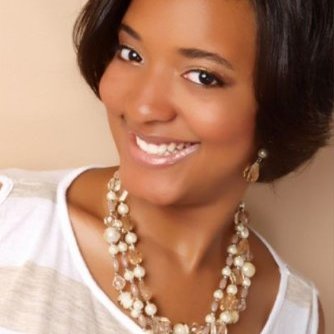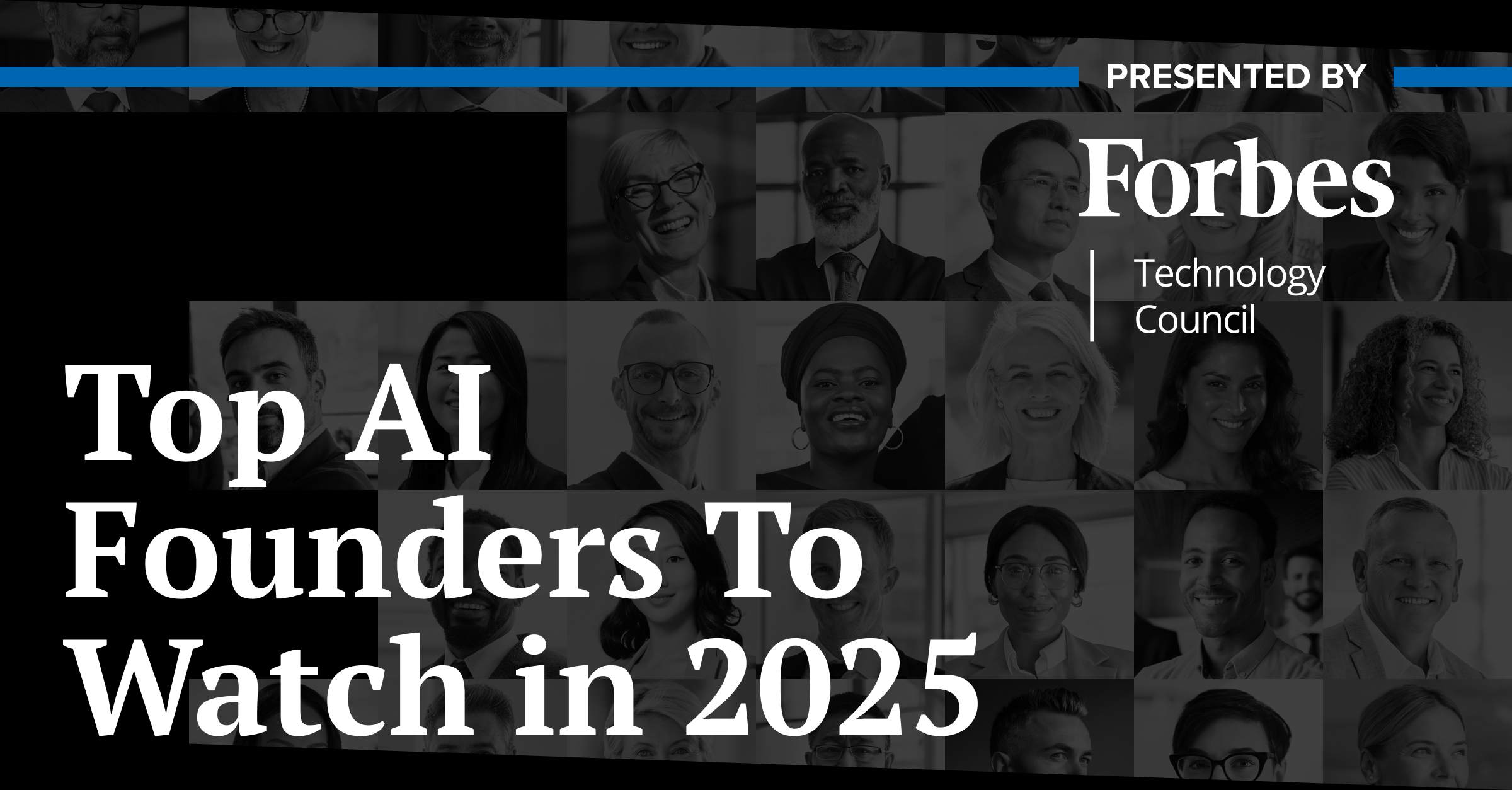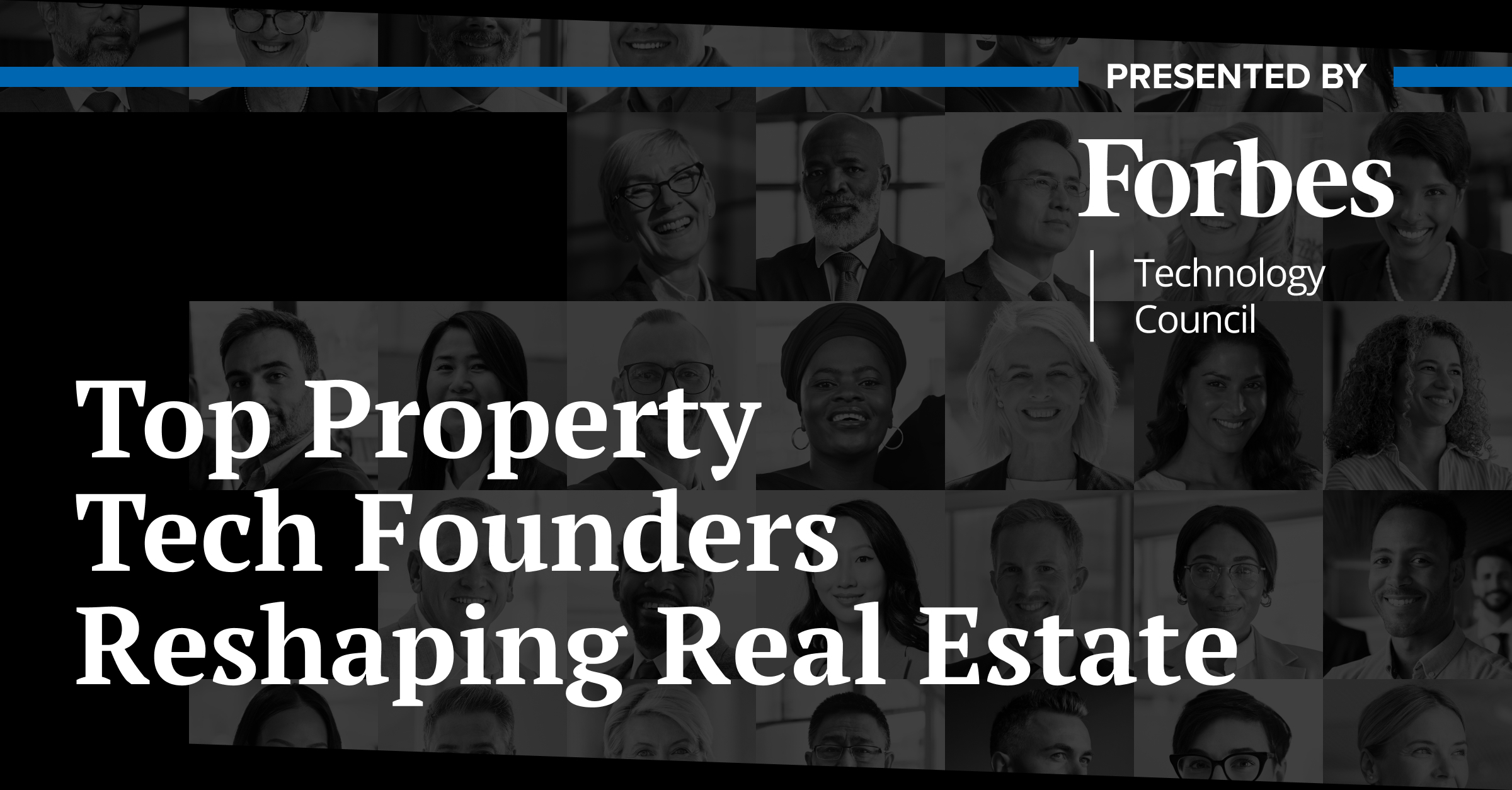Corporate diversity leaders, you’ve been put on notice by one of your own: Be ready to prove progress on the DEI front in 2022.
“Accountability will be a big focus for any company or organization doing this work in DE&I,” says Amber Micala Arnold, vice president of DEI and corporate communications at global PR firm MikeWorldWide. “If you think about it, 2020 and 2021 were the years of awareness and action. And now 2022 will be the year of accountability. And what I mean by that is, many companies put out some lofty commitments and goals, and are highlighting the different actions they’re doing to reach them, but people want to understand the impact these actions are making, and they want to hold you accountable to your goals. I think we are seeing a rising trend in what I call employee activism, as well as consumer activism, where employees and consumers, as two of the most important stakeholder groups for any company, are more inclined to speak up in support of their company, or even against their company. I really think that this year, employees, investors, consumers are going to be a lot more critical of what’s behind the veil. You put out this pretty statement, you have this great campaign, you have a couple of spokespeople who are speaking to a certain issue, but when you look at the actual organization, there’s really not much being done. And that’s going to be an issue that a number of leaders have to confront.”
In 2020, MWW, which has 210 employees spread across eight offices and in remote locations in the U.S. and U.K., committed to have its workforce reflect the racial makeup of the country. That means having 39% of its U.S.-based workforce be people of color.
Quiz: Execs, Test Your DEI IQ
In our exclusive interview with Arnold, Senior Executive Media, well, held her accountable. And Arnold was ready with data to demonstrate meaningful progress toward MWW’s goal: 28% of its U.S. workforce now are people of color, up from 21% two years ago.
Read on for edited excerpts, including more hard benchmarking data, from our conversation.

Accountability will be a big focus for any company or organization doing this work in DE&I
Amber Micala Arnold, vice president of DEI and corporate communications at global PR firm MikeWorldWide
Senior Executive Media: Tell us about some of the DEI commitments you’re following through on.
Amber Micala Arnold: We have quite a few commitments that we made in 2020 that we are actually executing on, and that work happens through our DE&I Council, which I helped to conceptualize and launch in 2018. We have a workforce diversity commitment to increase the representation of people of color within our ranks. We work very closely with our HR team to implement different talent management strategies with this goal in mind. We’ve done things such as inclusive interviewing; training; building relationships with historically black colleges and universities [HBCUs], Hispanic-serving institutions [HSIs], and also universities serving students on a non-traditional path to their desired career. We try to get in front of these diverse talent pools by participating in their career fairs, inviting them to join our own recruiting events.
In 2021, one-third of all our new hires were people of color, and we are looking to increase that number further this year. We will be sponsoring a HBCU/HSI tour later this year to get in front of thousands of students at more than 100 universities.
This year, we’ve started conducting focus groups with employees of color to really understand their experience, and how we can develop and retain them. While we’re still early in our conversations with different groups, one of the common threads that has emerged is that our employees of color have a desire to connect with others in the company who identify the way they do. As a smaller company, we don’t have formal employee resource groups [ERGs].
Senior Executive Media: How are you measuring progress? How do you know you’re actually making an impact?
Amber Micala Arnold: We assess the impact of our strategies through both qualitative and quantitative measures. On the qualitative side, we ask our people to provide us with feedback whenever we roll out an initiative or put on an event or presentation. For example, we just did our Black History Month presentation in February, and we asked them to please share with us what resonated with you, what did you learn. We receive very positive feedback on our cultural presentations because of two components our people told us through ongoing feedback loops they value most about them: historical context and “Real Voices.” Our bias trainings have really embedded the fact that, in order to drive change today and in the future, we have to know what has happened in the past and the events that have shaped different lived realities, no matter how uncomfortable it can be at times. “Real Voices” is an initiative that we launched shortly after the DEI Council in 2018 to leverage employee stories as a way of learning and building empathy. For Black History Month, we received feedback to go even deeper on history in future presentations, and that makes me happy because it indicates that our people want to listen and learn.
Senior Executive Media: And on the quantitative side?
Amber Micala Arnold: Our goal is to have our workforce reflect the makeup of our country, so we pull our numbers every quarter, to check in on where we are with that progress. The two-year goal we set in 2020 was to have 39% of our workforce represent people of color, with specific breakdowns being 18% Hispanic, 13% Black, 6% Asian, and 2% two or more races.
We’re moving in the right direction with our workforce goals and are showing gradual, positive increases. Toward the end of 2021, 28% of our U.S. workforce represented people of color, including 12% Hispanic, 9% Black, 5% Asian, and 2% two or more races. We will also be developing targets for our UK workforce and are currently discussing how we will capture other dimensions of diversity that aren’t required for employees to report, such as sexual orientation, disability, etc.
We are bringing in diverse talent at the junior level, which is great, and we want to make sure we are developing those people and retaining them. We are putting more focus on diversifying our senior leadership.
At the top… that’s always going to be a bit harder, because individuals serve in those roles longer. And so it’s important to have diverse succession planning: When we do have senior leaders that leave the organization, we must ask where can we bring in someone from a diverse background, and those are real conversations that we have.
We also look at gender equity as well. In PR, there are a lot more women in the industry than men — probably upwards of 70% or more. But when you look at leadership across different PR companies, mostly men hold those positions. At MWW, 57% of our leaders at the SVP level and above are women, and that’s something we’re proud of.
Senior Executive Media: What’s a surprising development that you think more DEI leaders should be talking about?
Amber Micala Arnold: I think one of the biggest things that isn’t being talked about enough is the role intersectionality plays in our lives. We all have multiple identities that help inform how we live in the world, how we are perceived by others. We are not just this or that, right? I am not just a black person. I am not just a woman. I am a black woman, and that experience may be different from a white woman or from a black male.
For example, this month of March, we’re celebrating Women’s History Month, and I think it’s important to highlight women from different racial backgrounds and ages, because those identities also impact how women show up or are received. For companies and DEI leaders, I encourage more employee training on how to not view diversity as one-dimensional. We must respect every part of one’s multifaceted identity and understand how people navigate social and professional spaces with both dominant and oppressed identities simultaneously.
Senior Executive Media: What advice would you offer to first-year-on-the-job diversity executives?
Amber Micala Arnold: Prioritize progress over perfection. What your stakeholders really want to see is that you’re moving toward the right direction, versus having everything right. The second thing is to bring stakeholders along with you in your journey, so make sure you are getting their input and feedback along the way as you are going through. It really requires constant communication, real-time feedback loops and reporting. And then the last thing is to measure what you’ve learned.
So we’ve talked a lot about the importance of demonstrating impact, not just action. So if you are creating any commitment, make sure you have a goal. And make sure that goal has a balance between being achievable, but also not being super-safe. If you’re thinking about your workforce diversity, more than likely you can increase your percentage of women in leadership by 1-3% in a year — that’s very doable. So try to push yourself as well, to make sure you’re having an actual impact and not just playing it safe.






